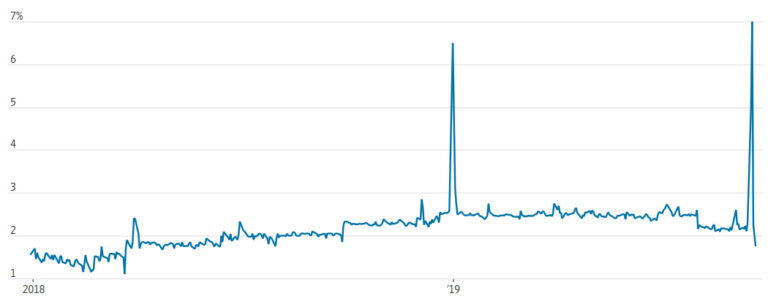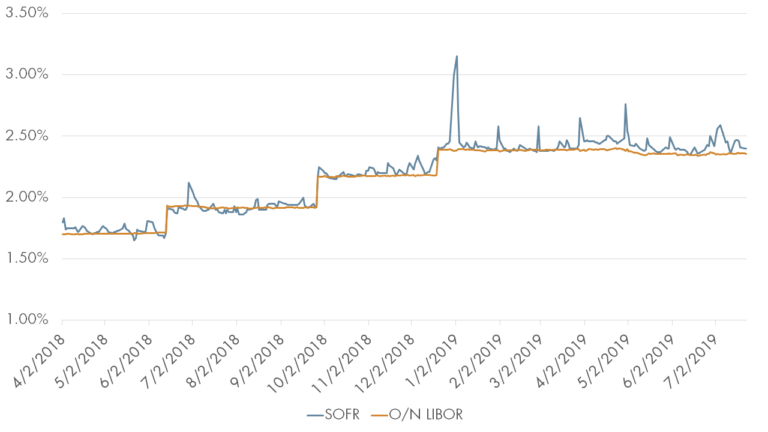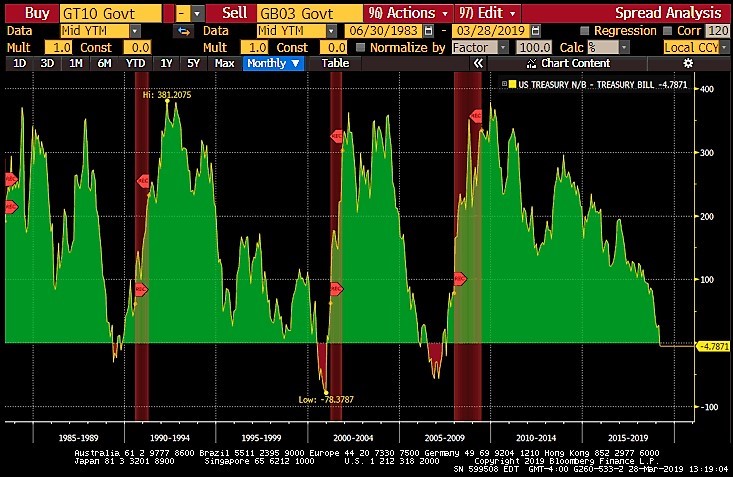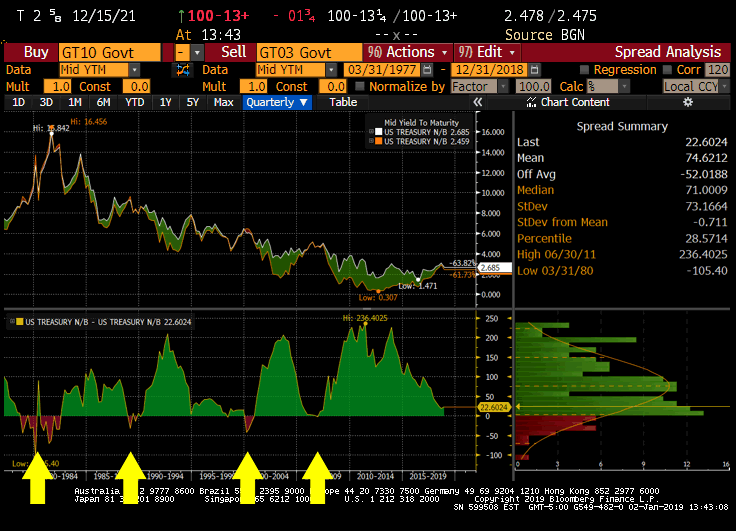Interest Rate Outlook: Federal Reserve Cuts Rates Once Again
2 min readIn a move that was widely expected, the Federal Reserve cut rates last Wednesday by 25 basis points to the 1.50% to 1.75% range. Seven officials voted for the cut, and two (Esther George and Eric Rosengren) dissented again in favor of no change in monetary policy. Because the rate reduction had been anticipated, the…




